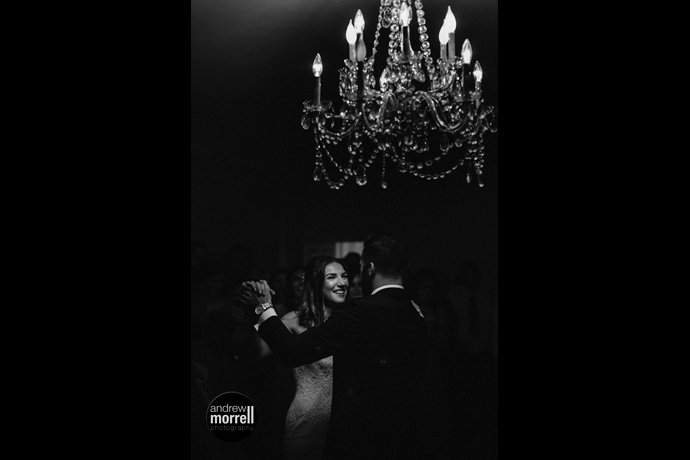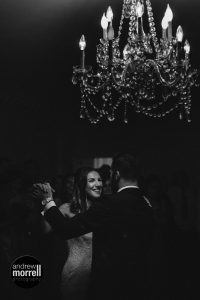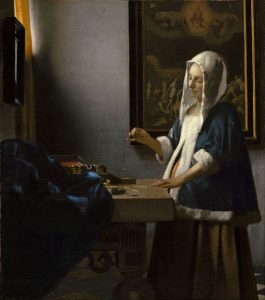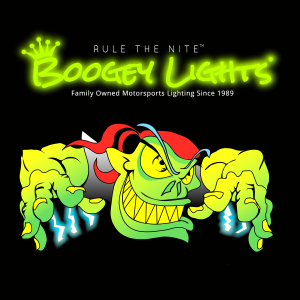Our next Photo Tip…
In the past few articles, we’ve done a deep dive into some pretty heady ideas about composition. We revisited centuries old theories of structure and interpretation. In this episode of RV Advisor’s Photo Tips, we’re going to discuss the simplest concept of all, one that takes us back 13.8 billion years to the beginning of the universe: Light.
Photography, when boiled down to its simplest essence, is the simplest equation: Light + Time + Medium = Photo
In the first few articles, we’ve talked a bit about the Medium. For 99.9% of our conversation, Medium equals the digital sensor of the camera you are using to capture the image. If you remember the digital sensor, it’s the rectangular constraint that is the canvas that captures your image, normally coinciding with the viewfinder you are using.
We’ll get to Time soon in our conversation. For today, we’ll begin with the first of articles about Light.
In every photo you take, there will be some kind of light. And to prove that, I want you to imagine a photo with exactly zero light. What do you imagine it to look like?

If you imagined a photo that looks like this one above, you’d be correct, though, I’m not a scientist and can’t delve into an argument about whether complete darkness is actually non-light.
We’ve also tackled the concept of subject in our composition series. And if you feel uncertain about the subject in the above photo, don’t be. The only subject is the absence of subject. So, technically, there is no subject, and you are correct. Take a deep breath, and a sip of your favorite beverage.
Now, place a subject into the darkness, and you have two things now – a subject, and (drumroll) Light!
Now, let’s revisit the equation introduced at the beginning of this article:
Light + Time + Medium = Photo
If you subtract the chandelier and the bridal couple, the photo would be the same as the zero light photo. But the introduction of light, specifically as it illuminates the bride and groom, and the actual light source – the chandelier – and we have a photo that has great dramatic impact.
Light can be created in many ways. The sun creates what photographers call “natural light”. Everyday lightbulbs, fluorescent tubes, etc. are light sources called “artificial light”. Any professional lighting that stays lit, for theatre, sporting events, tv or film, are called “hot lighting”. And we photographers use triggered flash units that is called “flash lighting”.
Whatever lighting you use, there is an important thing to think about. Light comes from a source. The sun is a source. The other lights mentioned above are sources. When the sun is your source (as well as all the other sources), it can be blocked. Blocked by the body of your RV, trees, boulders, your hand.
And, most critically, the light comes from a direction. When you use your hand to block the sun, you are putting your hand between the source and your location. That means – and this is an elementary notion – that you know and understand the direction from which the light is arriving.
Now I want you to imagine a single window, in an otherwise darkened room. The sun remains the light source, but the window is what is transmitting the light. And in a darkened room, with a single window, artists call that “single-source” lighting. And long before technology allowed for photographs, painters knew the power of single source lighting, among them considered a master of light, is the 17th century Dutch painter Johannes Vermeer.
You see that window, upper-left? That’s Vermeer’s signature. And as a sidebar, it is always a good thing to look at the masters of painting to see light sources. And as a matter of course, during your days, try to identify the light source(s) available to you at any given time.
When we gather next time, we’re going to go deeper into lighting and light sources. And, after digesting this information, I want you to get used to differing colors of light.
Told ya 🙂

































